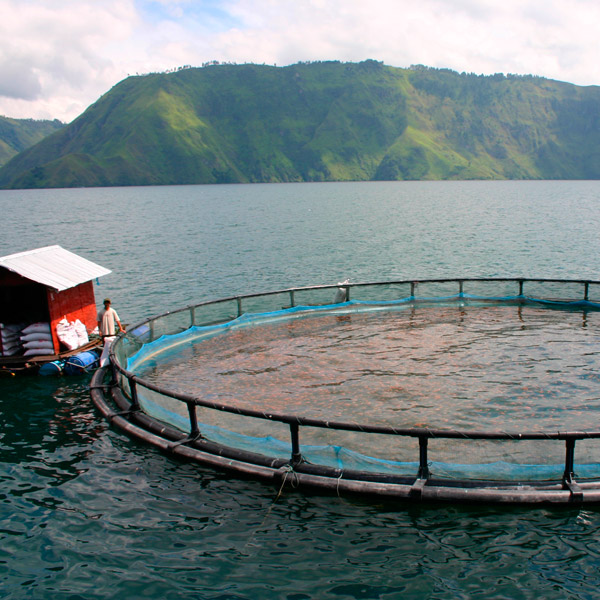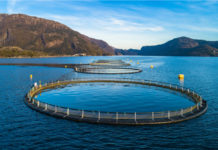Photo credit: Regal Springs
Everything we do impacts the world around us. This includes the food we eat each day. Even if we’re just grabbing some fresh produce from the grocery store, that produce came from somewhere and has a story.
We all know local products are great for the community and the economy, but sometimes local isn’t an option. When you’re venturing outside of your neighborhood in terms of the food you buy, it’s best to ensure that it’s produced in a way that takes the environment into consideration.
Here are some and tips for keeping the environment in mind when you’re buying your next meal.
Think About Where Your Food Comes From
Export trucks emit heaps of greenhouse gas emissions. Consumer purchases of produce and other ingredients from big companies that have to shit their food condones this method of transportation. This is why many environmentalists encourage “buying local” to benefit local farmers and reduce your carbon footprint.
Choose Responsibly Produced Goods
Whether you’re looking for vegetables grown without pesticides or fish raised in communities where the company gives back, it’s important to know where you food came from. Do some research into the goods you buy and see if there’s an alternative that’s more environmentally conscious.
Shop at Farmer’s Markets (When You Can)
Photo credit: a-image / Shutterstock
Another one of the easiest ways to lower your carbon footprint is to buy your produce from farmer’s markets. Not only is the food guaranteed to be local, it’s also much better for you than produce that has been sprayed with pesticides. In addition, produce grown without the use of pesticides makes the planet happier, too. Another way to help out is to eat lower on the food chain—as in more fruits, vegetables and smaller animals. Though farmer’s markets are great, they’re not always available year-round, so look for in-season produce at your local grocery store when you can’t shop farm fresh.
Consider the Impact of Meat Production
An unexpected culprit of climate change over the last century may be the production of meat. Processing meat is “extremely inefficient,” taking considerable amounts of water, food, energy, and time to produce even one kilogram of beef. Looking at the facts, experts suggest that cutting red meat out of our diets could cut more greenhouse gases than giving up our cars—especially since meat production contributes for 18% of all greenhouse gases. Look to alternate sources of protein, like fish, instead.
Ditch the Packaging
Photo credit: spwidoff / Shutterstock
Now, let’s talk about recycling. Making food choices isn’t just about what we eat, but it’s also about what packaging we buy our food in. Lots of food comes in plastic, aluminum, styrofoam or cardboard packaging, which can create a great deal of unnecessary waste over time. Look for recyclable packages when you’re shopping and then remember to actually recycle them. Don’t forget the reusable bags either!
Whether you are picking up tomorrow night’s dinner at the grocery store, unwrapping a granola bar or waiting in line at the coffee bar, we are faced with food choices multiple times a day. In order to have a positive impact on the environment, these choices matter. The most important thing to do is educate yourself—remember the points above and do your best to be mindful when it comes to your consumption habits. These may seem like a small changes, but sometimes the smallest things that have the biggest impact.






